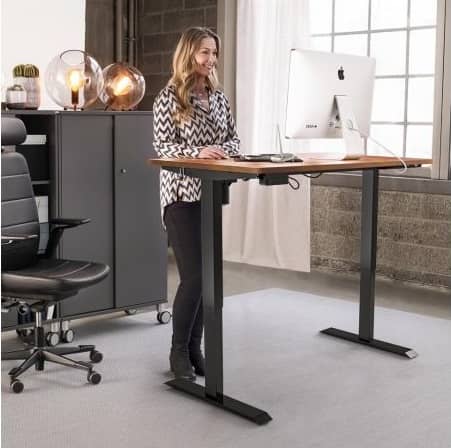What a time of year to be having right now. The leaves are falling. Everywhere you look people are sipping on pumpkin spice drinks. Dads across the country are just about getting sick to the teeth or brushing leaves off the driveway. Yes, autumn is here once again.
While 2020 may see many of us embracing the season differently than before, there is one truth we all must face while staying safe indoors; we’ve never needed our radiators to work like this before. Whether you’re a work at home-r who has realized that there is a humungous difference when the heating isn’t on during the day, or you’re avidly shopping online for new slippers, sweats, and anything to keep you warm at home for the next few months, you’ll not want to overlook the one thing that will work as hard as possible to keep your warm.
Your humble radiator is sitting on the wall right now and might be crying out for a little TLC to work as efficiently as possible. Thanks to the lovely people at
Trade Radiators, who happen to know a thing or two about radiators (they have over 10,000 radiators in stock) here are some handy little home tests to get your radiator working effortlessly in the autumn, and I can promise it won’t involve any special tools.
The Number Test
Do your radiators have those valves on the side with numbers on them? Are your valves currently cranked up all the way to 5? Guess what? They shouldn’t be! In the same way you wouldn’t crank the hot tap when washing your hands (personal note; I hate nothing more than trying to wash your hands under a scalding hot tap, having to dance your hands between hot and cold), your radiators don’t need to be turned up all the way.
The numbers on the valve correlate to a rough temperature scale which you’ll find on the side of the box the valve came in, and we all kept our valve boxes, right? Obviously, you wouldn’t be expected to have radiator valve boxes lying around, but a rough rule of thumb I have is to multiply the number you’re set at by 6 (so 2=12, 4=24, 5=30 etc.). It won’t always be that close, but it helps understand what the number is there for. Knowing this, ask yourself if you really need your living room to be 30 degrees Celsius every day, or is it fine to have those valves down lower.
Now while I say this, there is a chance those valves might need to crank up based on the size of your room. If you’re interested in figuring out how much heat a room needs, Trade Radiators who I linked to above have a heating calculator on their website.
The Touch Test
Turn all your radiators on and set the alarm on your phone for 45 minutes from now. When the alarm goes off, go around your home and do a quick touch test on the radiator, making sure you have a towel or cloth over your hand, so you’re not in direct contact.
If everything is hot to the touch, you’re one of the lucky few to have a working radiator. If you notice the top of the radiator is still a little cold, then you’ll have some trapped air to bleed out, which is so easy I don’t even need to go into detail about it.
If you notice that the middle of the radiator is cold from the bottom, then we have a problem. That’s a sign you have dirty sludge stuck in the radiator, and it isn’t going anywhere. Remember what I said at the start of this article about not needing any tools? Well, that’s every so slightly a small fib, as cold spots like this would require someone to call with their own tools and flush that dirt out of the radiator. A power flush is sadly the only way to ensure dirt and sludge are completely removed from your radiators. Those of you who are brave can look up videos on YouTube on how to disconnect a radiator and flush it in your garden, but for all the hassle it is worth, I would suggest just getting a plumber on the phone and asking for help.
The Time Test
My final nugget of advice stems from the greatest debate in home heating; the all-day rule. Many people will swear by having heating on a lower level, but for longer periods of time during the day. The idea is that you’d be keeping the room at a respectable temperature without wasting energy.
That’s a complete lie. Imagine you put a pot of water on a stove to heat it. Would you use more energy having that water on the stove for an hour to get to temperature, or four hours getting to temperature and staying there for the duration? I know it is a slightly muddled analogy, but always side with having the heating on for shorter bursts.
If you really do want the heating on throughout the day, and with the way the weather is right now I can’t blame you, just turn the thermostat down a few degrees. You won’t notice the difference, and you’ll be using a little less energy.
A win-win all round!
























